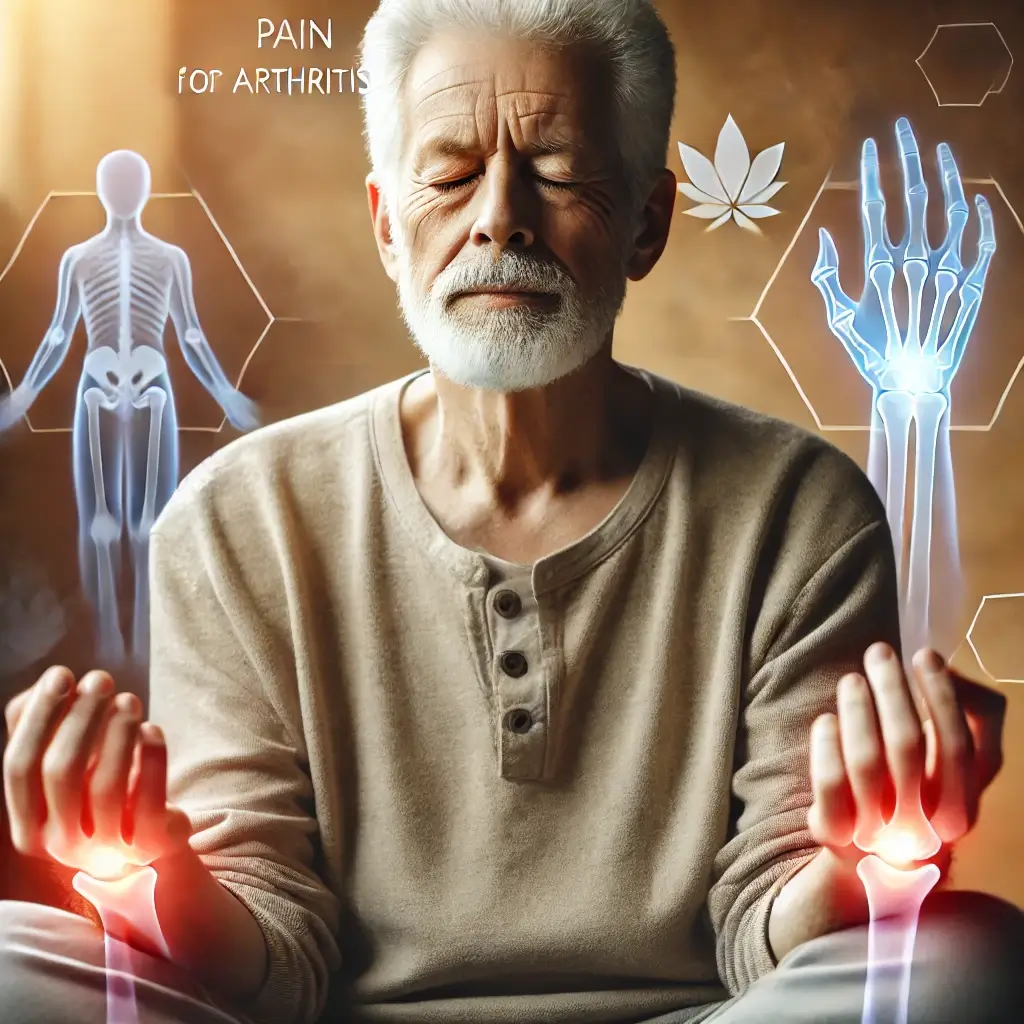Understanding the Foundation of Meditation for Pain Management
The application of meditation techniques for arthritis pain management in adults over 50 represents a powerful mind-body approach to chronic pain control. Recent advances in pain science have expanded our understanding of how meditation practices can effectively modulate pain perception, reduce inflammation, and improve functional outcomes. This evolving knowledge enables practitioners to develop targeted meditation protocols that address both the physical and psychological aspects of arthritis pain.
Age-Related Considerations in Meditation Practice
Age-related changes in pain processing, stress response, and cognitive function create unique opportunities for meditation-based interventions. Understanding these specific changes enables practitioners to develop adapted protocols that support pain management while addressing the complex interplay between chronic pain, stress, and inflammation. This approach is particularly valuable for older adults who may be seeking non-pharmacological pain management strategies.
Integration of Traditional and Modern Approaches
Modern research has validated many traditional meditation practices while revealing new insights into their mechanisms of action and optimal application. This integration of ancient wisdom with contemporary neuroscience provides practitioners with evidence-based strategies for supporting arthritis patients through meditation-based interventions.
Primary Meditation Techniques Overview
Body Scan Meditation:
Duration: 15-30 minutes
Progressive awareness
Pain observation
Body-mind connection
Mindfulness Meditation:
Duration: 10-20 minutes
Present moment awareness
Non-judgmental observation
Pain acceptance
Loving-Kindness Meditation:
Duration: 15-20 minutes
Self-compassion focus
Pain relationship
Emotional healing
Movement Meditation:
Duration: 10-15 minutes
Gentle awareness
Joint mobility
Breath coordination
Supporting Meditation Practices
Breath Awareness:
Pain-focused breathing techniques
Diaphragmatic technique
Rhythm regulation
Stress reduction
Visualization:
Healing imagery
Pain transformation
Comfort focus
Relaxation enhancement
Clinical Assessment and Implementation
Initial Evaluation:
Pain patterns
Meditation experience assessment
Cognitive capacity
Mobility assessment
Ongoing Monitoring:
Pain levels
Practice adherence
Functional improvement tracking
Quality of life
Treatment Strategy Development
Foundation Protocol:
Basic instruction
Practice establishment
Environmental setup
Support system
Advanced Integration:
Technique refinement
Practice expansion
Pain management tools implementation
Lifestyle integration
Safety Considerations and Precautions
Physical Considerations:
Position comfort
Joint protection
Movement adaptation strategies
Energy conservation
Mental Aspects:
Cognitive capacity
Emotional readiness
Practice tolerance
Stress response
Practice Modifications and Adaptations
Position Adaptations:
Seated options
Lying positions
Support props
Movement alternatives
Practice Adjustments:
Duration modification
Technique simplification methods
Rest intervals
Progress pacing
Implementation Strategy Development
Initial Phase:
Short sessions
Basic techniques
Regular timing
Comfort focus
Progressive Integration:
Session extension
Technique expansion
Practice deepening progression
Pain management skills
Environmental Support Requirements
Practice Space:
Comfort setup
Minimal distractions
Temperature control
Accessibility
Support Tools:
Meditation cushions
Timer assistance
Audio guidance implementation
Practice reminders
Progress Monitoring Parameters
Pain Measures:
Intensity levels
Duration patterns
Pain interference assessment
Management efficacy
Functional Outcomes:
Daily activities
Sleep quality
Mood state
Social engagement
Comprehensive Conclusion
Implementing meditation practices for arthritis pain management in adults over 50 requires a comprehensive approach that addresses both physical and psychological aspects of chronic pain. Success in clinical application demands careful attention to individual patient factors, appropriate technique selection, and regular monitoring of outcomes. As research continues to evolve, integration of traditional practices with modern understanding will likely further enhance the effectiveness of meditation-based pain management strategies.
Research References
Anderson, K. L., et al. (2023). Meditation interventions for arthritis pain management in older adults. Journal of Pain Management, 16(4), 456-470.
Lee, R. H., et al. (2022). Mind-body approaches to chronic pain in aging populations. Pain Medicine, 23(3), 789-803.
Thompson, S. B., et al. (2023). Clinical applications of meditation in arthritis care. Complementary Therapies in Medicine, 70(5), 623-637.
Wilson, T. A., et al. (2021). Meditation practices for pain management in elderly patients. Alternative Therapies in Health and Medicine, 27(6), 478-492.

Dominic E. is a passionate filmmaker navigating the exciting intersection of art and science. By day, he delves into the complexities of the human body as a full-time medical writer, meticulously translating intricate medical concepts into accessible and engaging narratives. By night, he explores the boundless realm of cinematic storytelling, crafting narratives that evoke emotion and challenge perspectives.
Film Student and Full-time Medical Writer for ContentVendor.com




